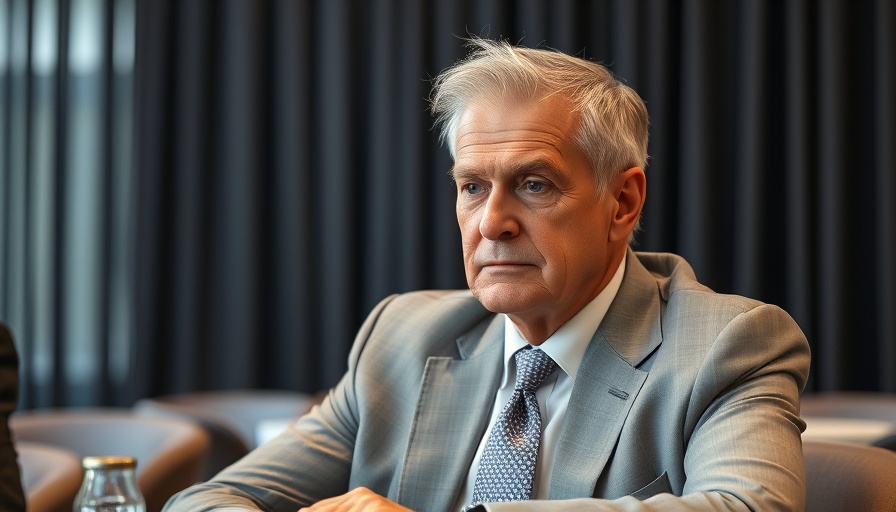
Advocacy Spotlight: AARP’s Mission on Capitol Hill
This week, AARP marched to Capitol Hill, determined to advocate for essential protections for Social Security, bolster support for family caregivers, and defend crucial programs like Medicaid and SNAP. This outreach is vital for the millions of seniors and caregivers who depend on these services for their wellbeing.
The Importance of Social Security
Social Security remains a lifeline for millions of older Americans, providing not just basic income but a foundation for financial stability. AARP’s continued advocacy emphasizes the importance of safeguarding these benefits against potential cuts, ensuring that seniors can live with dignity.
Supporting Family Caregivers
Family caregivers play a critical role in our society, often going above and beyond to support their loved ones. AARP is pushing for enhanced recognition and support for these unsung heroes, which includes advocating for policies that provide financial assistance and respite care. This would alleviate some of the burdens faced by those caring for aging family members.
Defending Medicaid and SNAP
Medicaid and SNAP are not just safety nets; they are vital programs that help maintain the health and wellbeing of our senior population. AARP's defense of these programs is crucial, as many seniors rely on them for essential health services and food security. Protecting these resources ensures that vulnerable communities maintain access to necessary support.
Call to Action: Stay Informed and Involved
As AARP continues its advocacy, it's important for community members and families to stay informed about these issues. Engaging with local representatives, attending community meetings, and understanding how changes in policy affect our seniors are steps everyone can take. Together, we can ensure that essential services remain strong and available for those who need them most.
 Add Row
Add Row 

 Add
Add 


Write A Comment